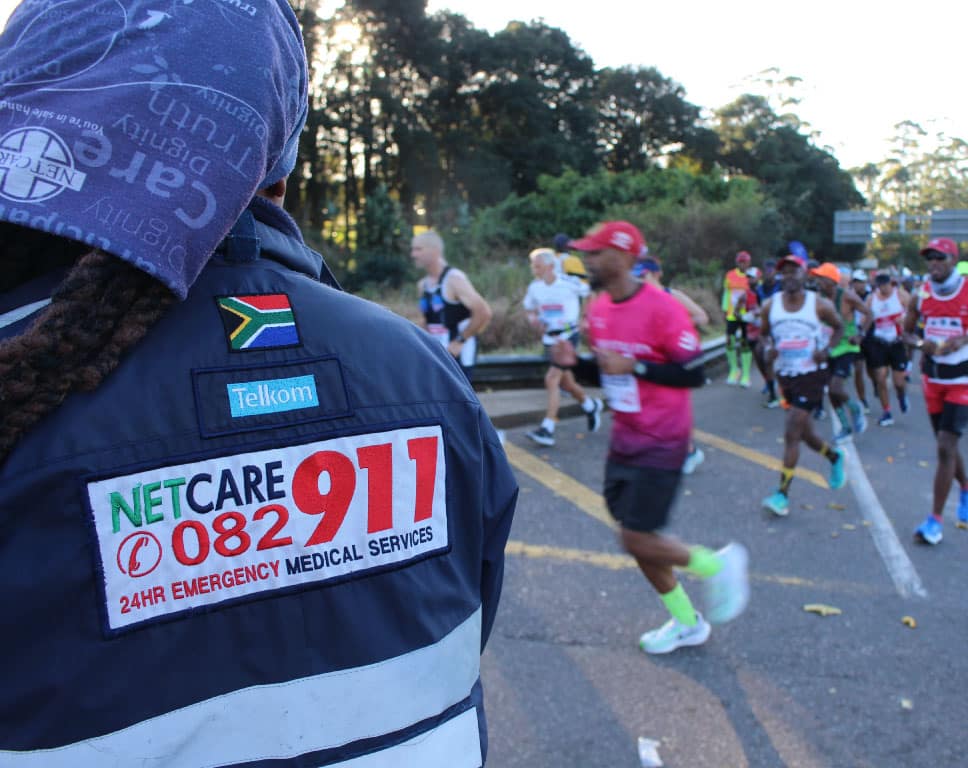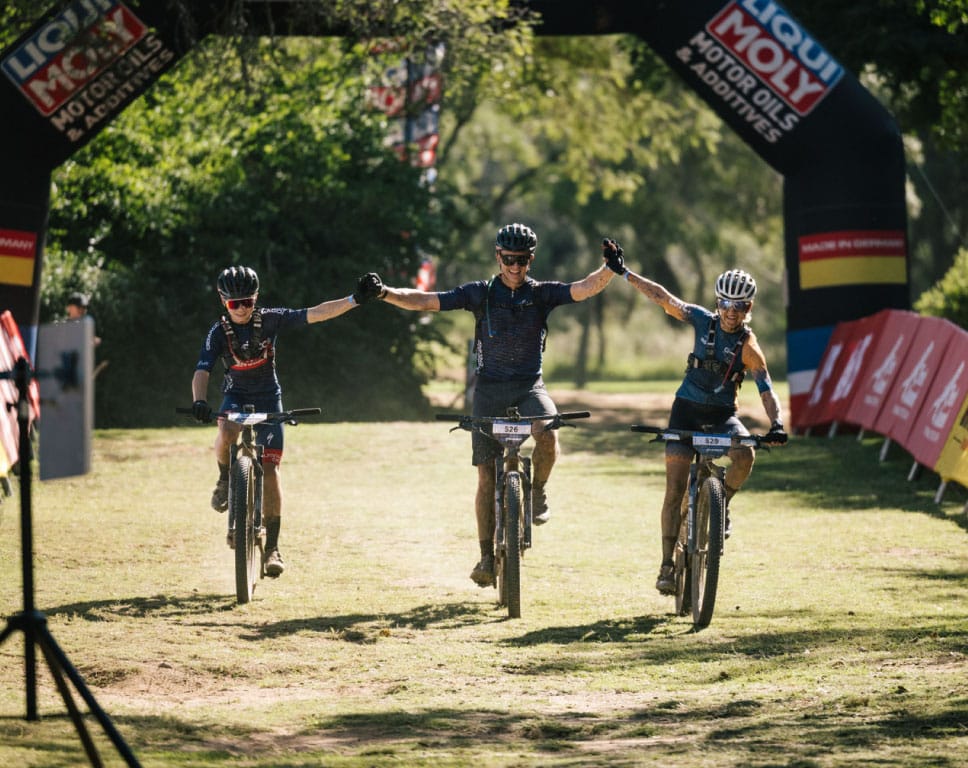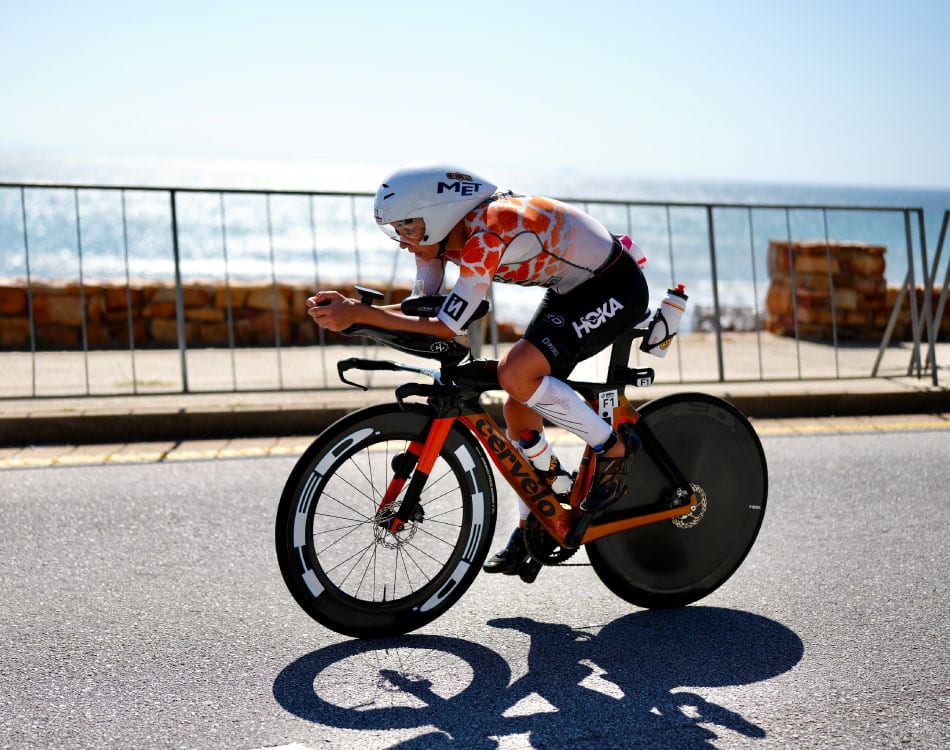The concept of crash training may sound extreme, or even detrimental, and when implemented incorrectly it certainly can be, but with the correct protocol it can be one of the most effect ways to deliver a boost in performance or overcome training stagnation.
Broadly speaking, crash training is an exercise technique whereby an athlete will significantly increase their workload for a specific period of time. From a performance enhancement perspective, the principle underpinning its potential effectiveness is that of supercompensation.
Supercompensation science
According to sports science theory, supercompensation occurs after a training block aimed at providing a greater stress stimulus – increased volume or intensity, or a combination – above normative values.
Also, when engaging in consecutive days of heavy training, recovery time never lasts more than 22-23 hours. This combination of a greater workload and curtailed recovery periods results is increased training stress, which in turn produces a amplified training response during the recovery phase.
In certain cases performance gains achieved through crash training have been reported to be anywhere from 1% up to as much as 25%.
Implementing a crash block
For the best results, crash training blocks should be planned in a manner that aims to enhance or increase a targeted physiological function to increase performance capacity beyond the pre-crash training performance level.
Similarly, a plateau or stagnation occurs when the body compensates for the imposed demands placed on it through training as it constantly tries to achieve a state of energy balance. This generally happens when we fail to change training variables often enough or don’t periodise our training programme properly.
One way to off-set this compensatory adaptation is to lower training intensity for a period – commonly known as a taper – and then resume normal periodised training. The other option is to try to force an adaptation, so to speak, with a crash training block that aims to deliver a super-compensatory response and therefore reignite your adaptive response to training.
When to implement crash training
However, it is a fine balancing act to ensure that supercompensation doesn’t result in overtraining. Many factors therefore need to be considered before you decide to engage in a crash training block.
First determine if any stagnation is in response to an underlying state of overtraining. When this is the case a degree of reversibility – a drop in performance – usually accompanies it. In these instances, crash training is ill advised.
However, if your performance levels have remained constant over a period of time then you’re a prime candidate for a bout of crash training. Hopefully this will provide the physiological impetus needed to nudge your training response in the right direction.
Structuring crash blocks
Based on available research, the optimum timeframe for a crash training block is between two and seven days. Anything below two days does not allow enough adaption to occur, and the increased training load imposed over seven days or more increases your risk of becoming seriously overtrained, and can also lead to injury.
Conventional guidelines also suggest some form of progressive overload for those engaging in crash training blocks for the first time. A sensible approach to crash training blocks would be to limit them to two days initially and then progress to the seven-day upper threshold in subsequent blocks.
In terms of structuring each block, supercompensation methods usually entail performing two highly demanding sessions back to back. With this approach, the second session in the two-day block will be done in a fatigued state.
While you won’t do your best times at this session, the idea is to try and induce a bigger supercompensation response. That, however, can only be achieved with sufficient rest and recovery afterwards.
Recover right
According to available literature, the common crash training protocol requires a rest period of no less than two weeks. This rest period should have a 75% reduction in normal (pre-crash block) training loads for one week following the crash block, with the second active recovery week consisting of a 25-50% reduction in normal training loads. Rest is therefore the most important aspect of any crash training block as it is the period when the super-compensatory effect occurs.
In terms of the endurance athletes, the strength of their response to a crash training block and, importantly, their ability to recover efficiently and fully is also highly dependent on their diet, both during and after the training block.
It is best to focus on extremely healthful whole food meals with loads of fresh, nutrient-dense foods. Place extra emphasis on post-workouts meals, with the aim to replacing depleted glycogen stores with good carbs, and rebuilding damaged muscle tissue with quality protein sources.
In addition to this dietary approach, athletes should also consider increasing their intake of antioxidants such as vitamins B and C, to better manage the additional exercise metabolites and free radicals that are produced in accordance with such prodigious increases in training stress. A suitable electrolyte replacement product can also be incorporated to account for the loss of important minerals such as magnesium, potassium and sodium, which are lost through sweat in excess during the longer, more intense training sessions.
Studies have also shown that the immune system can become depressed after a crash training block due to an increase in cortisol production and the extra demands placed on the body to repair and rebuild damaged tissue. As such, any supplements that can support the immune system should also be considered.















